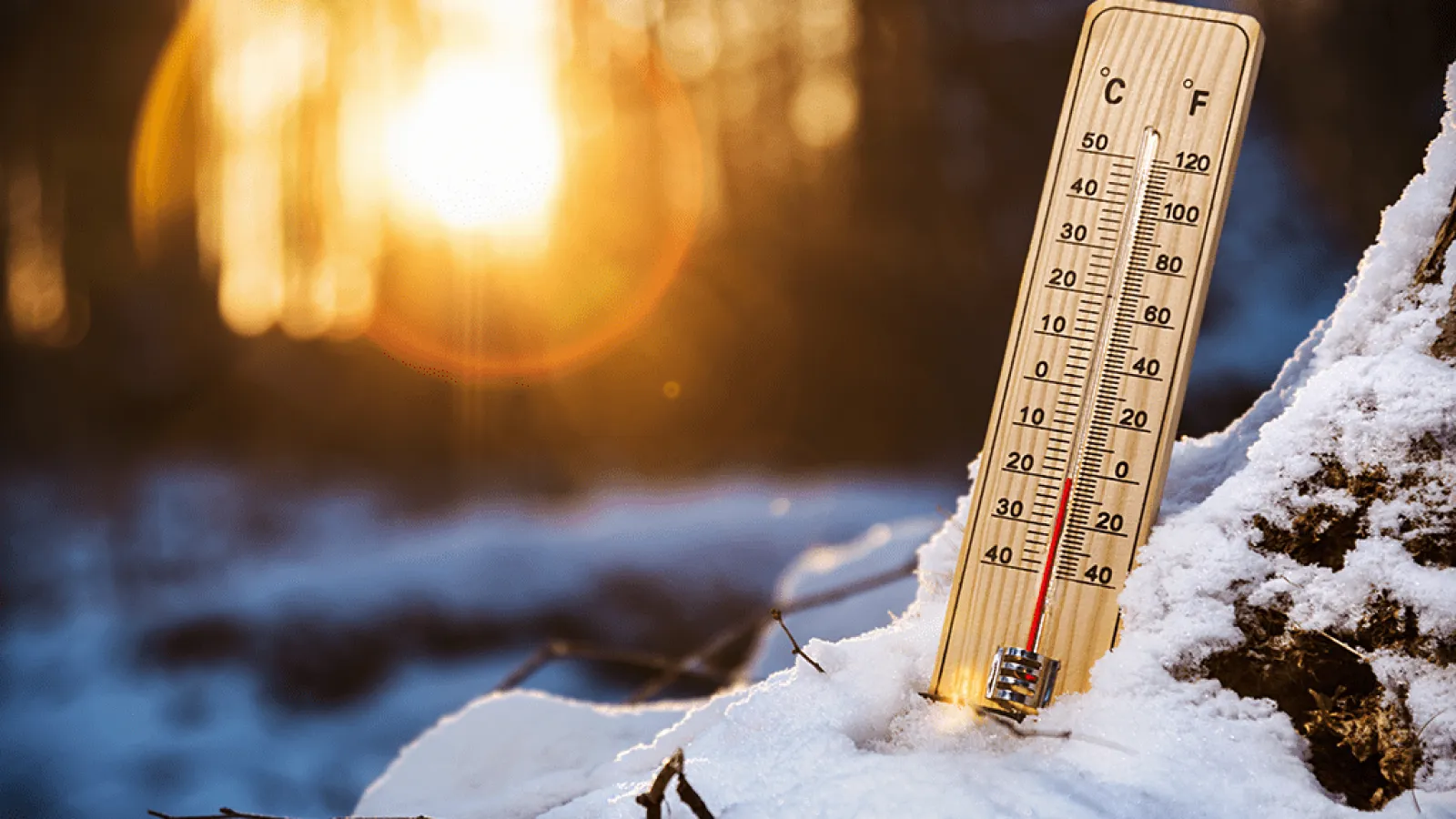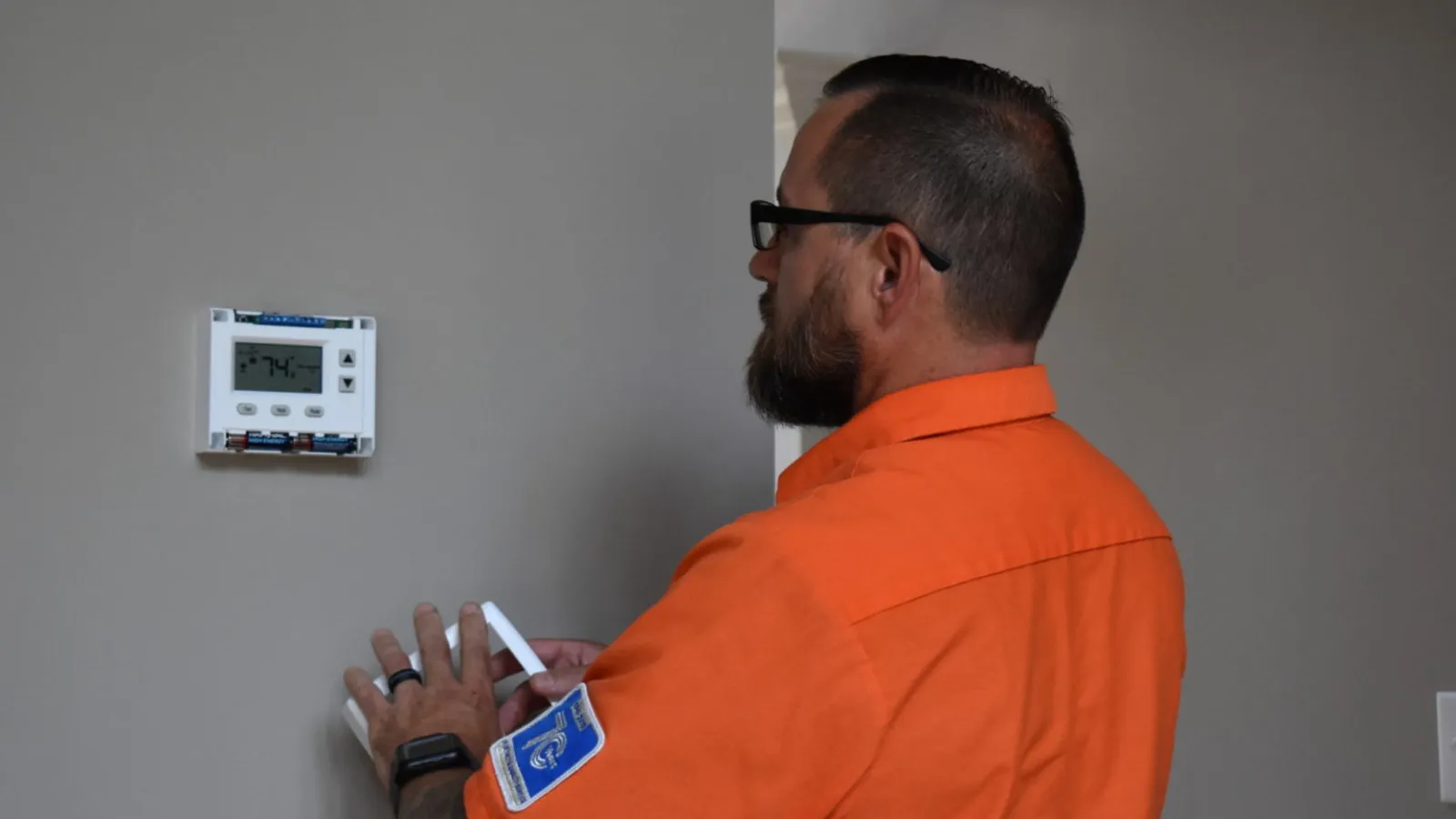Extreme cold weather and freezing conditions are often problematic for your furnace and plumbing system. Learn how to prepare for polar vortex conditions and keep your home safe and comfortable with tips.
What Is a Polar Vortex?
A polar vortex occurs when cold air from the North Pole moves south causing extremely frigid temperatures. Heating your home during this time is simple with winter HVAC maintenance. During the 2018-2019 winter, areas of the United States reached subzero temperatures with windchill temperatures down to -50 degrees in northern areas. Exposure to these temperatures can cause frostbite and hypothermia in just minutes and sometimes even seconds.
Through in the south, we are still affected by the polar vortex here in Georgia. Just this past winter, we experienced lower than average temperatures. As fans arrived in Atlanta for Super Bowl 53, they battled cancelled flights due to the abnormally cold temperatures in the week leading up to the big game.
Prepare for Polar Vortex Weather & Help Your Heating System
The average furnace or heat pump in a Georgia home is simply not used to the extremely cold temperatures a polar vortex brings. Heating systems struggle to provide adequate heating when facing such conditions.
Because of this, it is important to do what you can to help your heating system perform at its best during winter time, so it is able to help you stay warm and safe.
Make Sure Your Thermostat Works
Your thermostat is responsible for communicating with your furnace. It gives your furnace the temperature readings and tells it when to turn on. If your furnace doesn’t start up right away after turning your thermostat to heat mode and setting the temperature higher than the current room temperature, that is an indication that something needs inspected by a professional.
Don’t Set Back Thermostats
Many homeowners lower temperatures when away from home to generate energy savings. Normally, this is a fantastic idea – but not during a polar vortex. Because outdoor temperatures are so much lower than usual, your furnace may struggle to raise temperatures indoors if it has a big temperature difference to make up when you arrive home. Prepare for frigid temperatures and keep thermostat settings at occupied setpoints until temperatures return to normal.
Check Your Vents for Obstructions
Vents can easily become blocked by obstructions, such as furniture. Before cold weather sets in, check where your furniture is placed and make sure no vents are prevented from heating your rooms. When vents are blocked, they prevent your thermostat from getting accurate readings and confuses your furnace about when to operate.
HVAC Maintenance for Your Filter
Winter furnace maintenance consists of cleaning or replacing the air filter in your furnace on a regular basis. Air filters are responsible for cleaning your indoor air and cycling it back out so that you have clean and healthy air, and to protect your HVAC equipment from damaging contaminants. When an air filter becomes too clogged or doesn’t get changed often enough, it can prevent your furnace from operating at its best and affects your indoor air quality.
Have a Heating Professional Oil Your Furnace
After not running for over half the year, your furnace needs some TLC through winter HVAC maintenance. A heating and air professional will oil the blower motor and other moving parts to keep them running smoothly without any malfunctions during the cold weather.
Plumbing Tips to Prepare for Polar Vortex Temperatures
Georgia home plumbing systems are especially vulnerable to the extreme cold brought under these conditions. Prepare for arctic blasts and keep your plumbing system safe with these tips.
Insulate Pipes
Give your pipes the added protection they need from cold temps – especially the ones that run through uninsulated spaces or along exterior walls. Foam pipe insulation is relatively cheap and easy to install in a pinch, but your plumber has advanced solutions to help you safeguard pipes against cold weather.
Shut Off Outside Water
It’s time to disconnect and pack your garden hoses up! Exterior water spigots (also called hose bibs) should be drained and shut off to prevent freezing this time of year. If you leave hoses connected, water within may freeze and expand, cracking the pipes. This has the potential to cause a burst pipe requiring a water leak repair that may lead to serious water damage before it’s even detected.
Sump Pit Care
If your home has a sump pit, beware the water within it may freeze when temperatures drop too low. Prepare for extreme freezing temperatures early and inspect your sump pit now. Add insulation in the area surrounding your sump pit to keep temperatures up and prevent a frozen pit. Also insulate the discharge line and intake section to help stop freezing. If possible, adjust your sump pump piping to drain at a downward slope to keep water moving with gravity instead of freezing in place.
Air Sealing
Prepare for winter extremes and stop cold air from infiltrating your home where it contributes to pipe freezing. Inspect the exterior of your home and seal any gaps and cracks, including those around wire and plumbing line wall penetrations. Shut crawl space vents and close entries.
Prepare for Polar Vortex Conditions with Estes Services
The extreme weather that comes from a polar vortex should be considered before it’s too late. Schedule your winter HVAC maintenance with Estes Services when you call today. Our technicians will inspect your furnace and perform maintenance so heating your home isn’t a crisis.


